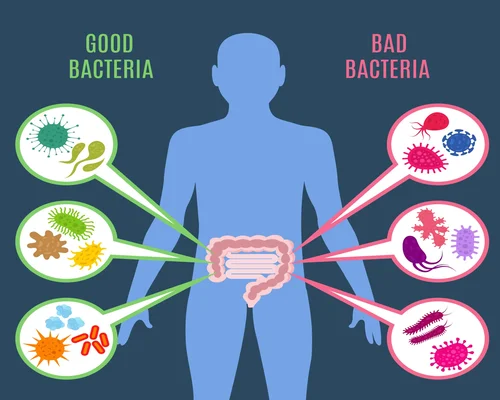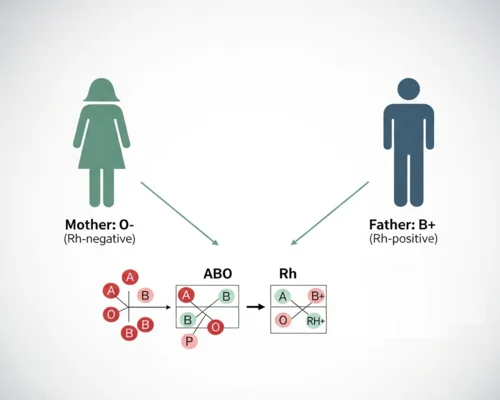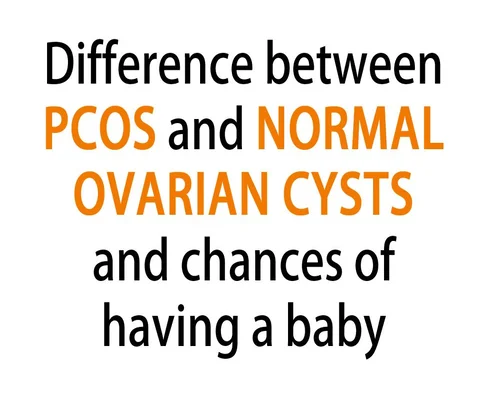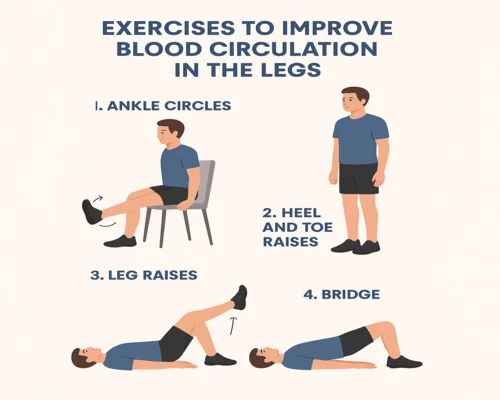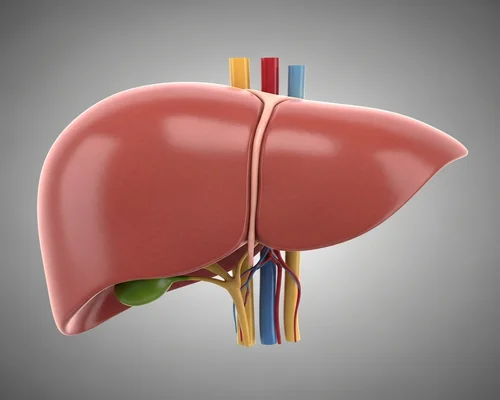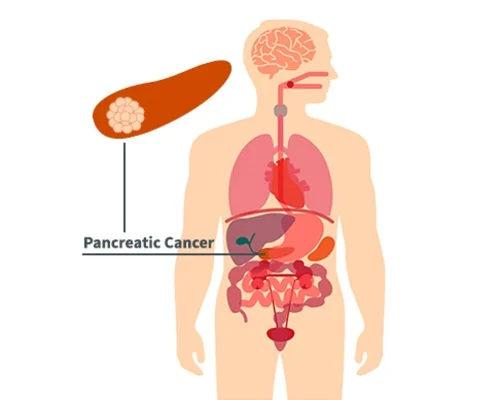
Four stages and symptoms of pancreatic cancer
Four stages and symptoms of pancreatic cancer
Cancer treatment becomes very difficult because most people cannot recognize the symptoms, resulting in a very late diagnosis. Therefore, it is important to be aware of the four stages of pancreatic cancer.
Pancreatic cancer is a dangerous disease caused by cell growth. It does not spread very quickly, but it can have a serious impact on health. Due to lack of awareness, the number of people affected by this cancer is increasing alarmingly day by day.
If this cancer is detected at an early stage, the chances of treatment and cancer reduction are very high.
Four stages of pancreatic cancer
The four main stages of pancreatic cancer are: stage I (limited to the pancreas), stage II (contained in the pancreas but enlarged or spread to nearby lymph nodes), stage III (increased and spread to nearby blood vessels) and stage IV (spread to distant parts of the body or other organs). These stages depend on the growth and spread of the tumor, and early detection is very important for treatment.
Stage 1: Locally Confined
In this stage, the cancer is confined to the pancreas.
Stage 2: Locally Advanced
The cancer is contained within the pancreas, but the tumor may be growing in size.
It may have spread to lymph nodes near the pancreas.
However, it has not yet spread to the large blood vessels near the pancreas.
Stage 3: Locally Advanced
In this stage, the tumor is larger.
The cancer has begun to spread to the large blood vessels near the pancreas.
Stage 4: Metastatic
In this stage, pancreatic cancer has spread to other parts of the body or distant organs.
Doctors can plan the right treatment by determining the stages of pancreatic cancer. Early detection of cancer improves treatment outcomes.
Pancreatic cancer is usually divided into four stages: stage I (primary), stage II (locally extensive), stage III (regionally extensive), and stage IV (metastatic or distantly spread). In stages I and II, the cancer is confined to the pancreas or has spread to nearby lymph nodes, but in stage III it may have spread to large blood vessels or nerves. In stage IV, the cancer has spread to distant organs in the body, such as the liver or lungs.
Stages of Pancreatic Cancer
Stage I: This is the early stage, where the tumor is confined to the pancreas. At this stage, the cancer has not spread to other parts of the body.
Stage II: At this stage, the cancer may be larger than the pancreas and may have spread to some nearby lymph nodes, but it has not spread to large blood vessels.
Stage III: At this stage, the cancer may have spread to large blood vessels or nerves near the pancreas.
Stage IV: At this stage, the cancer has spread far beyond the pancreas to other parts of the body, such as the liver, lungs, or the lining of the stomach.
Why is it important to know the stage?
It is important to know the stage of cancer because it determines the treatment plan and outcome. Early detection is easier to treat.
Diagnosis and Treatment
Pancreatic cancer is diagnosed through ultrasound, CT scan, and biopsy. Treatment may include surgery, chemotherapy, and radiation therapy.
Find out what symptoms occur at each stage of pancreatic cancer...
Pancreatic cancer often has no symptoms in its early stages, and it has often spread to other parts of the body by the time it is diagnosed. Typically, symptoms appear as the cancer progresses, such as yellowing of the skin (jaundice), abdominal or back pain, unexplained weight loss, light-colored stools, dark-colored urine, loss of appetite, nausea, and fatigue.
Symptoms at different stages
Early stage: There are usually no symptoms at this stage.
Advanced stage:
Jaundice: Yellowing of the eyes and skin, caused by a buildup of a substance called bilirubin in the liver.
Pain: Abdominal pain, often radiating to the back.
Weight loss: Weight loss occurs because cancer uses up more energy in the body.
Changes in stool and urine: Light-colored, oily, or foul-smelling stools and dark-colored urine may occur.
Digestive problems: Feeling full quickly, bloating, excessive gas and belching, and pain or discomfort when eating.
Other symptoms: Fatigue, loss of appetite, and nausea.
These symptoms can also be caused by many other diseases, so you should seek medical attention immediately if you experience any symptoms.
In the early stage, there are very few symptoms, so most people assume they are a common illness. Initially, minor symptoms such as weakness, headache, and loss of appetite are seen.
In the second stage, some obvious symptoms appear. Constipation, jaundice and the liver starts to swell. At this stage, the cancer spreads from the pancreas to other parts of the body. Bile is secreted more, which causes the stool to become discolored. Nausea may occur.
In the third stage, the cancer spreads to nearby blood vessels and lymph nodes. However, even if it does not reach distant parts of the body, treatment becomes a little more difficult.
In the fourth stage, the cancer spreads from the pancreas to other organs. Especially affecting important parts such as the liver and lungs. At this stage, treatment such as surgery and chemotherapy is required, not only with drugs.

-vegetable.webp)




